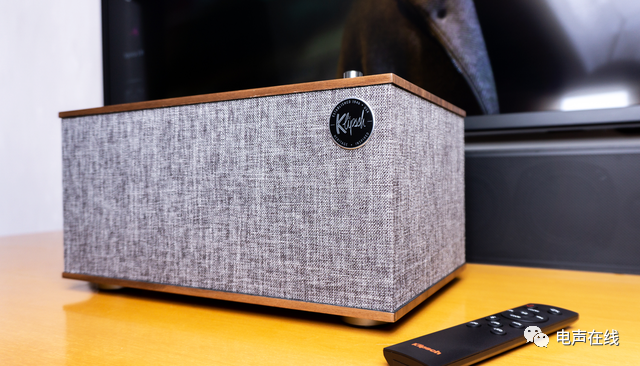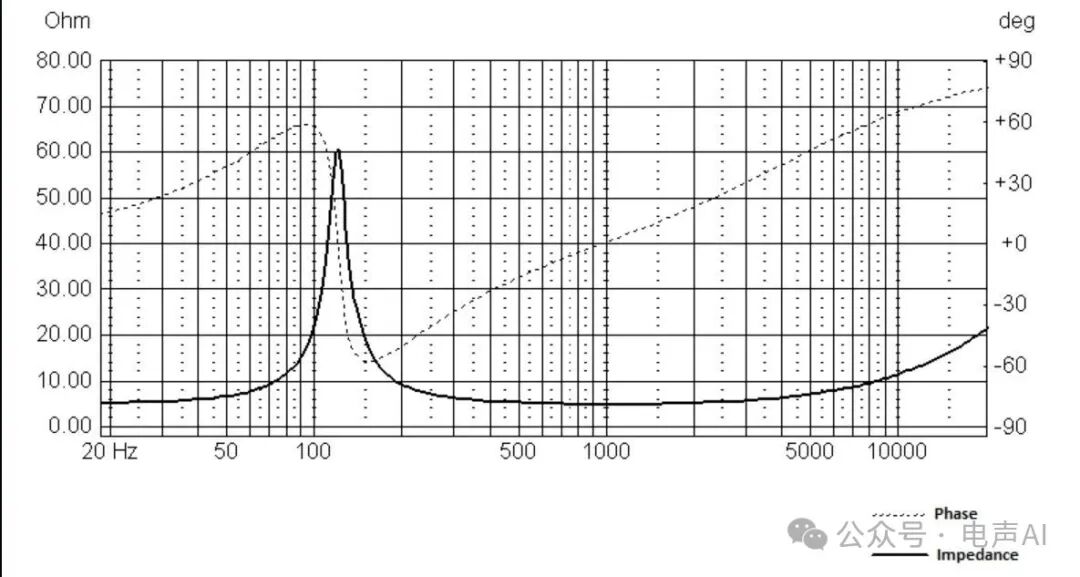I. Noise source
When the speaker is at a high volume and low frequency, resonance occurs, which in turn generates resonance noise. This can occur in both large and small speakers, but it is more likely to happen in large audio speakers.

II- Let's first talk about the core function of the speaker cabinet
It eliminates the mutual interference of sound waves before and after the speaker and optimizes the low-frequency performance of the sound through the internal structure, making the sound quality clearer and richer.
It is essentially the "acoustic container" of the speaker:
1- Interference isolation: Prevent the sound waves of opposite phases emitted from the front and back of the speaker from canceling each other out to avoid sound blurriness and distortion.
2- Enhance low frequencies: By means of specific cabinet volume and structure (such as the phase port), sufficient vibration space is provided for low-frequency sound waves, making the bass more powerful and with greater depth.
III- Causes of Speaker Resonance
1- The speaker cabinet has a resonant frequency.
This is an inherent physical property of the box itself and also a core indicator that needs to be strictly controlled during the design process.
Any audio cabinet will generate resonance, leading to sound distortion (such as muddled bass and additional noise).
2- How to Avoid box resonance.
This high-quality box design will avoid three points:
①. Select high-density materials: Use materials with strong rigidity and high damping coefficients such as MDF boards and solid wood to increase the resonant frequency to a high-frequency band that is not sensitive to the human ear.
②. Optimize structure/thickness: By increasing the thickness of the board, adding internal reinforcement or filling sound-absorbing cotton, the resonance energy is weakened and the resonance intensity is reduced.
③. Match the speaker parameters: Make the resonant frequency of the cabinet avoid the low-frequency working band of the speaker to prevent the superimposition of resonance and amplification distortion between the two.
Ⅳ,Method for Judging the resonant frequency of the box
Install the cabinet, speaker and crossover properly.
If it is an active speaker, the amplifier should be installed properly.
Then, input the rated power frequency to the speaker from 20 to 200Hz. Place your palm flat on the cabinet. The point where the speaker vibrates with the greatest amplitude of the sound is usually the resonant frequency of the cabinet.
Of course, if there is an electroacoustic analyzer to test the impedance curve, the frequency point Fs corresponding to the highest peak is the resonant frequency of the cabinet.

免责声明: 本文章转自其它平台,并不代表本站观点及立场。若有侵权或异议,请联系我们删除。谢谢! Disclaimer: This article is reproduced from other platforms and does not represent the views or positions of this website. If there is any infringement or objection, please contact us to delete it. thank you! |


